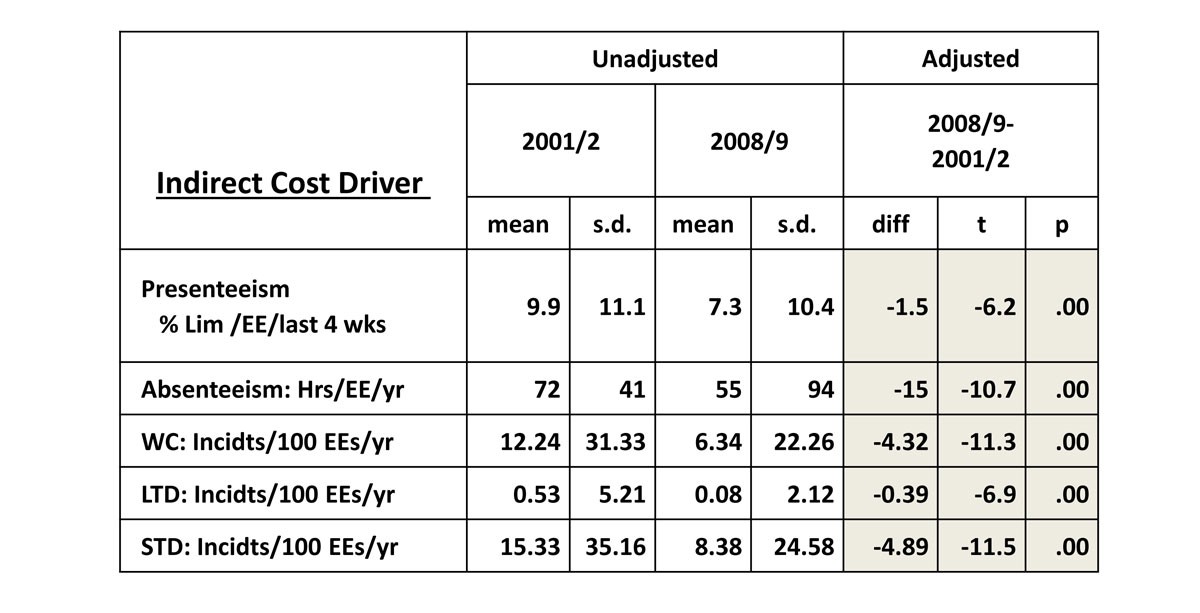Delisting Gains and pains Financial Express
Post on: 16 Март, 2015 No Comment

Comments 0
Trade is an endeavour of mankind to create and distribute wealth
In the modern times, the phenomenon called ‘trade’ has undergone change. Recent trends on the delisting front have created a new dimension to the ‘distribution of wealth’ aspect of trade. There are diverse thoughts on the need for companies to voluntarily pull-off their shares and get off the stock exchange. With market regulator Sebi proposing new guidelines, there are now stronger views on the process and stipulations regarding delisting.
Listed ‘joint-stock’ companies gained popularity and acceptance as it offered greater participation by public and distribution of risks. This model also aided creation and distribution of wealth. Individual investors could participate in an enterprise and seek to enhance their wealth. However, things could change now, the distribution of ‘wealth’ may take a backseat. On the one hand, strong companies have started to prefer private equity investors and preferential placements. This is restricting public access to exciting projects.
On the other, we have fundamentally strong companies showing interest in voluntary delisting. Chances are that the investing community will see the disappearance of opportunities. The Sebi proposal on revision in the delisting norms could amplify this issue.
Fear misplaced

Since 2004, around 24 companies have opted for delisting under the ‘reverse book building’ norms issued by the Sebi. Interestingly, these companies have been profit-making and sound companies. They have delisted for various reasons. While some multinationals did not want to comply with regulations and wanted to remain closely held, others simply wanted to share their future earnings with a small number of shareholders.
So while investors gained from attractive price returns in the short run, they might have lost out on greater gains emanating in the long run. Either ways, there was a gain. According to the reverse book building mechanism, the management wanting to delist made an open delisting offer to its investors. They would then announce a floor price. Investors would then submit their price offers, usually a higher price, before a closing date. Based on these offers received, a final price was decided upon. This was known as the price discovery process.
Sebi believes that this system was not effective enough. The reasoning was that disproportionate powers were vested with public shareholders holding major chunk. Public shareholders having substantial holdings could destabilise the delisting offers by making an offer to tender their shares at unreasonably high prices.














